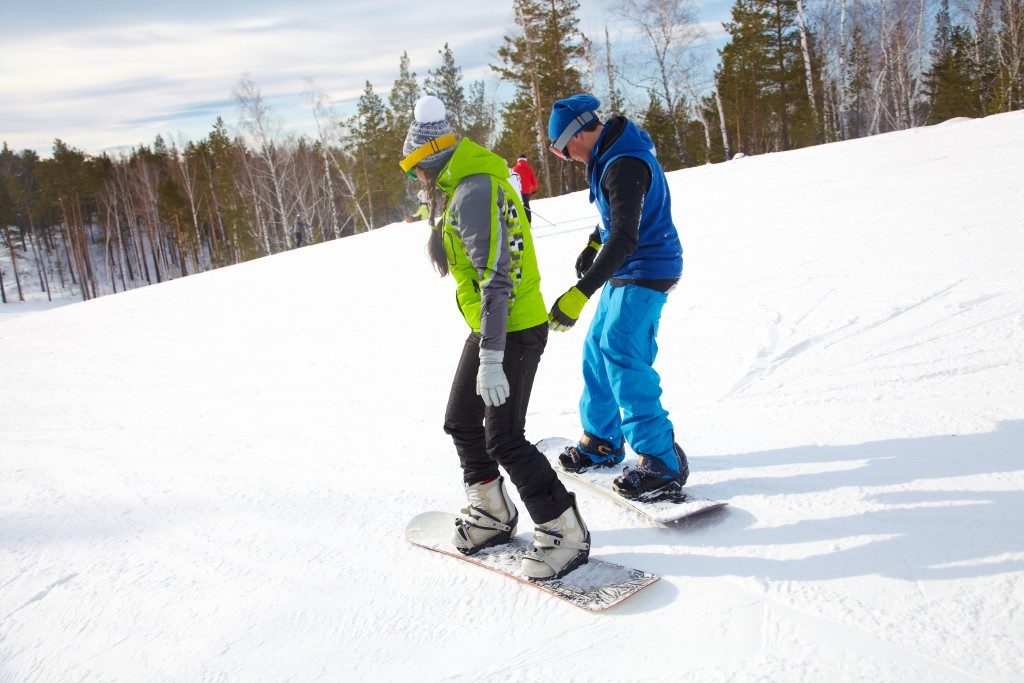Skiing is a very challenging sport, and it’s a lot of fun. However, once you go to higher and more challenging slopes, like Canada’s Revelstoke or the Swiss Alps, you’ll need more than just a bit of skill and experience.
Get Fit
If you want to challenge the longer ski runs, you’ll need a bit of endurance. Skiers usually travel at speeds of 10-20 mph, so you’ll be on your skis for 15-30 minutes if you’re on a 5-mile ski slope. Larger mountains can sometimes have longer hills, and even Revelstoke’s longest slope is already close to 10 miles. You’ll need to train your core strength, lower body strength, upper body strength, as well as your grip strength to ensure that you can comfortably finish your run without getting spent. You’ll enjoy your runs better if you have the energy to spare and a bit more endurance also allows you to have more runs throughout the day.
Gear Up
Safety on the slopes should be your paramount concern, especially when running double diamonds. In North America, 20 percent of the 600,000 skiing accidents per year are head injuries, so you better get a good helmet. Wear every possible protective gear including protective vests for your body, wrist guards, padding for your elbows and knees, shin guards, padded shorts, and ski goggles. You’ll want your boots to be as snug and as fit as possible, as that would give you the most amount of control and maneuverability to avoid hazards and keep your runs safe.
Ski with a Buddy
Steep slopes come with higher risks of accidents and injuries. Making sure you have a partner that can confirm the safety of your run or call for help in case of a mishap is essential for every ski run. Use hand-held radios to verify your safety as you finish your run and agree on the protocols you should follow if one of you fails to give a confirmation. Every minute counts, especially in cold terrain, and if rescue services are informed earlier, the safety of everyone involved rises dramatically.
Get a Healthy Dose of Discipline

Stick to the ski slopes and never attempt to go off-piste. Ski slopes are regularly checked and cleared of hazards; the same cannot be said once you veer away from the hill. You won’t know if you’ll be landing on an outcrop of rock or if there’s even enough snow to ski safely. Stay within the markers and don’t try to be adventurous. You’re not in the Olympics, so don’t try to be competitive and race against other skiers. They won’t be able to see you or avoid you, and collisions can be quite damaging at very high speeds. No sudden stops either, and no using your phone to take a selfie. If you want a record of your runs, use a hands-free device like a GoPro attached to your helmet.
Skiing longer and more difficult slopes can be more challenging than fun, and a bit of a change in attitude is required to maintain utmost safety. However, prevailing over those challenges and conquering those double diamonds is a rewarding goal that is worth pursuing.

